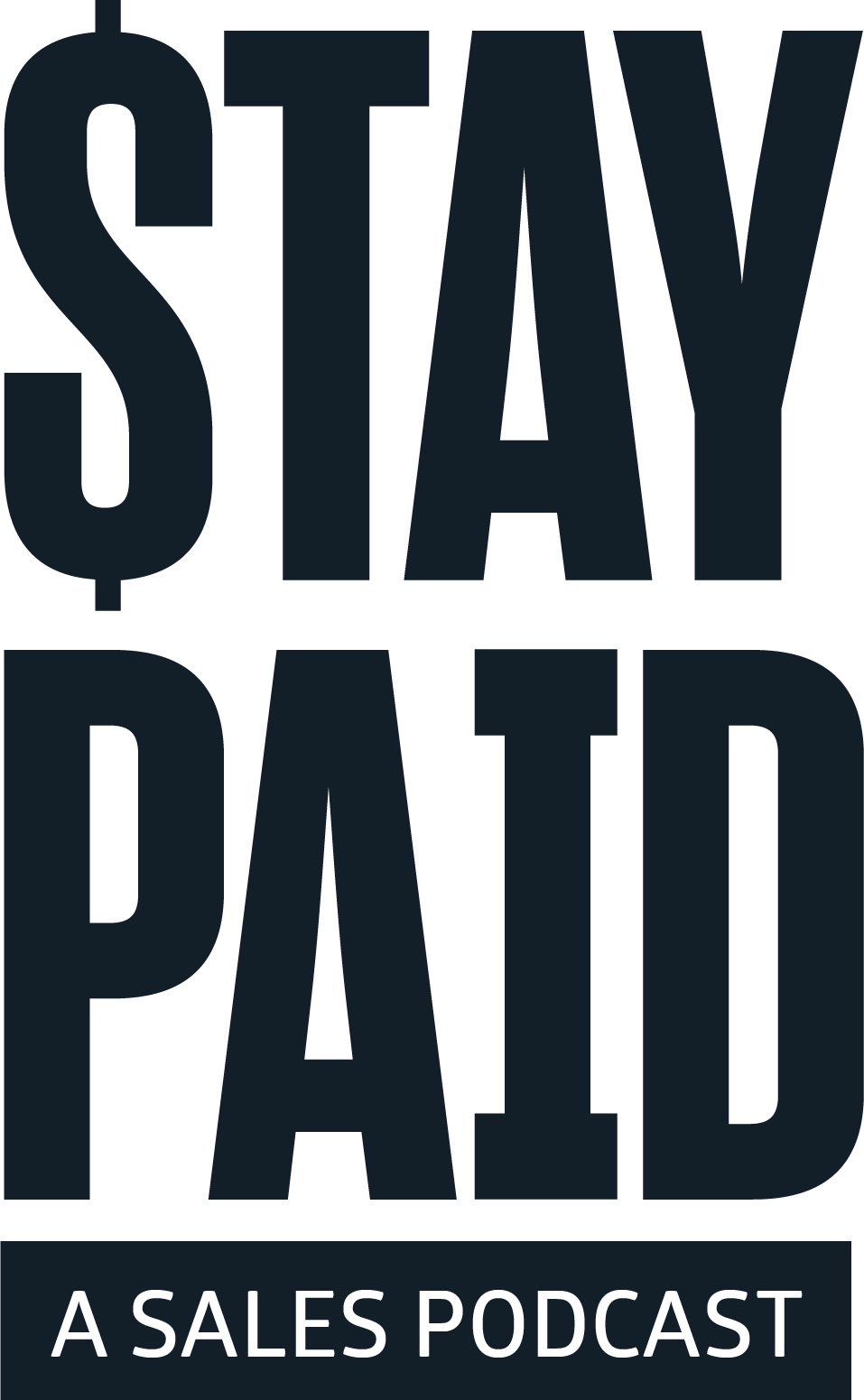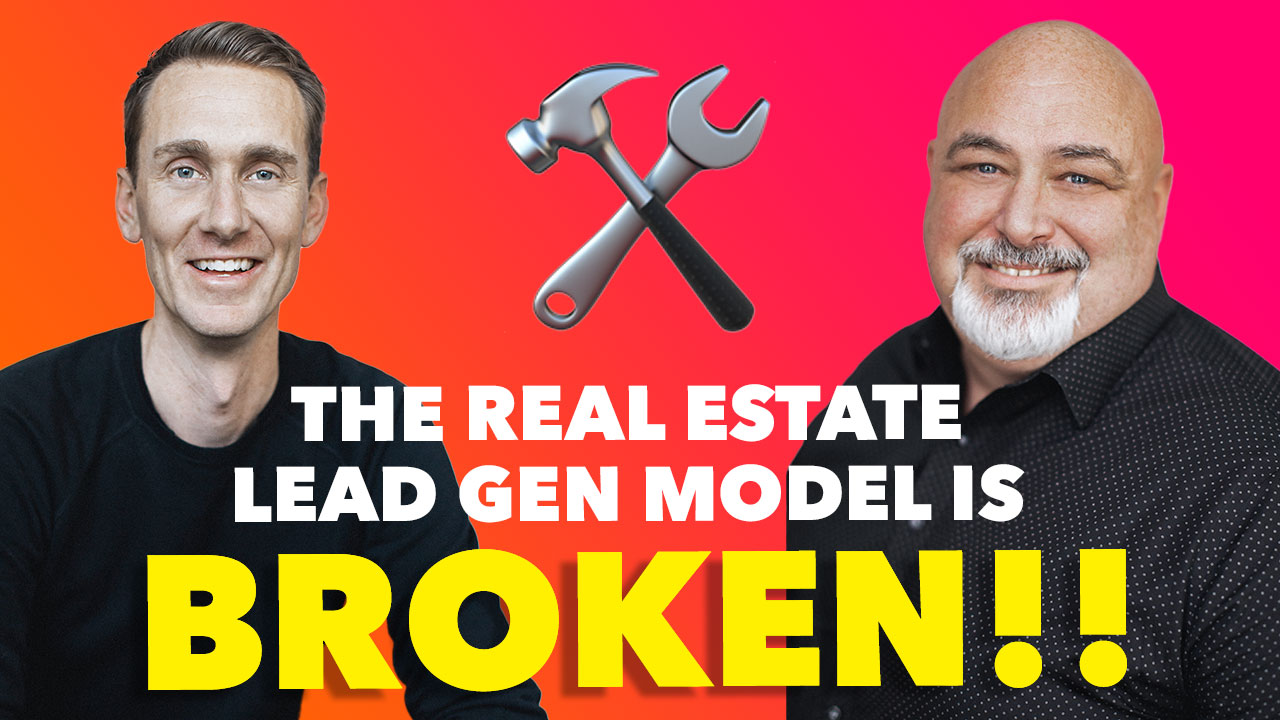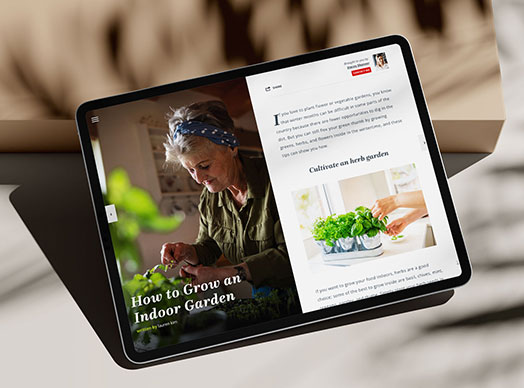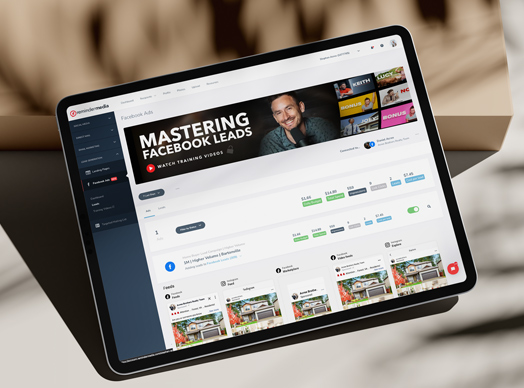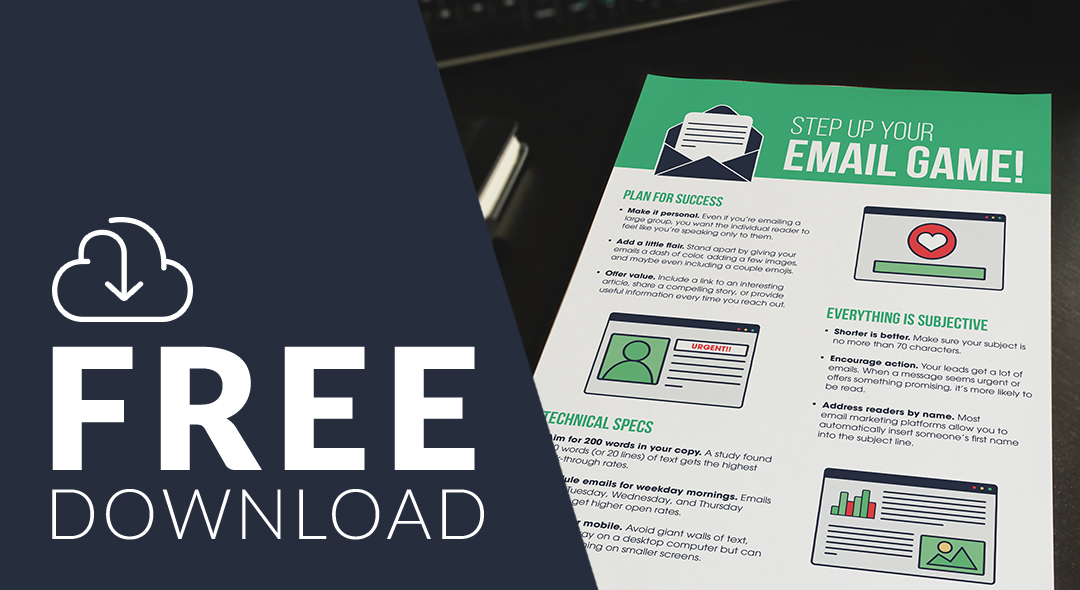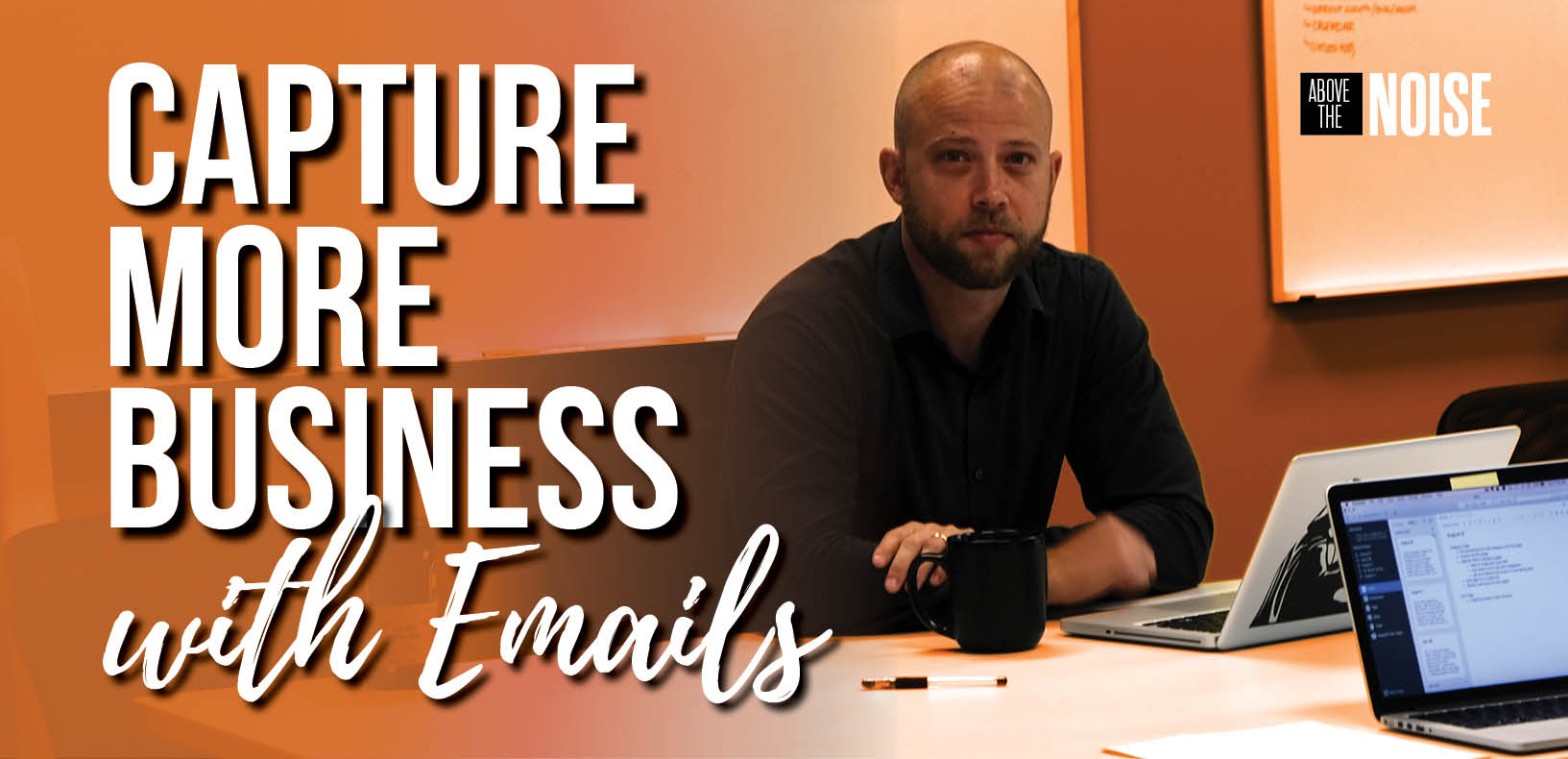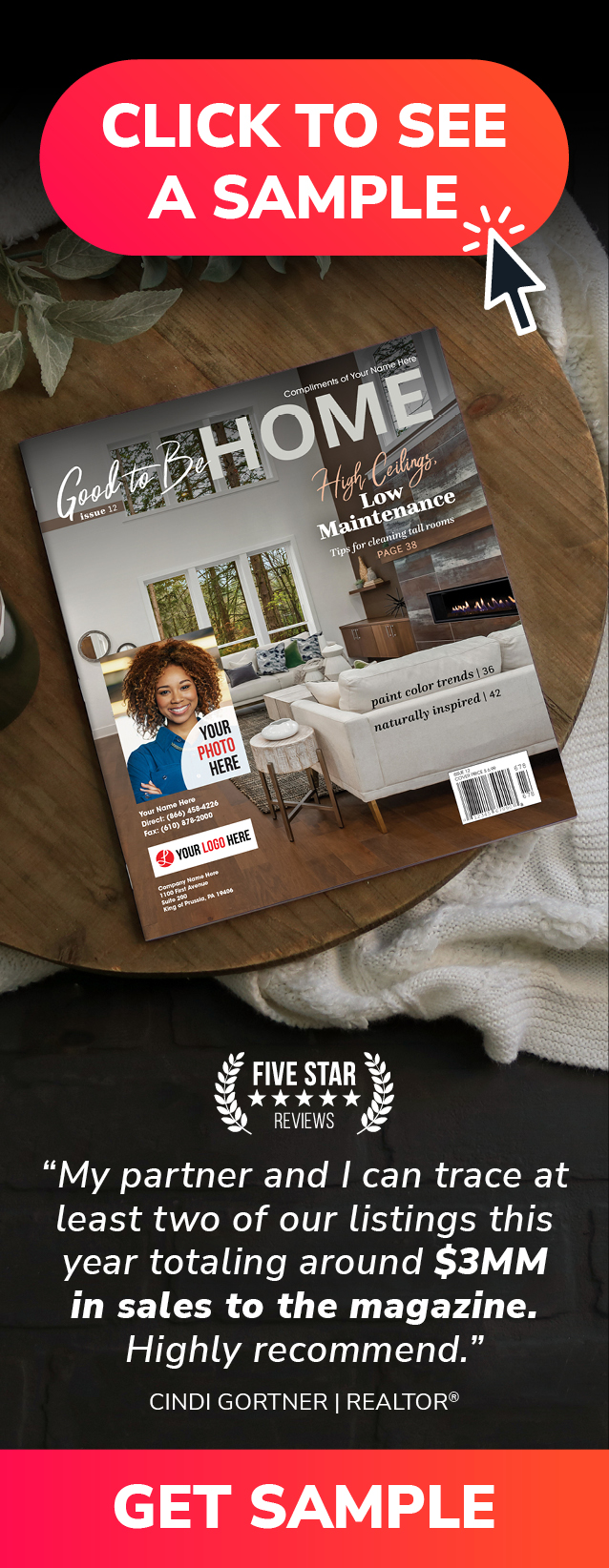In our last video we talked about a basic email strategy for prospecting. Now let’s get into the specific parts of email composition that you can mechanize so every marketing email you send is effective.
Video Transcription
So what I want to do today is I want to give you guys the five parts of an email as I see it.
1. Research
Now the first part is research. I think often this is the most overlooked. A lot of times we dive right into writing our emails where in today’s day and age man you can find out something about everybody. You can get on their social media, Google and you can use this research as a way to connect with them. Maybe it’s a pain point of their company, maybe it’s something they personally tweeted about and this is really going to help you in the latter parts of your email because when you personalize your emails that helps you cut through all the noise and actually stick in the inbox.
2. Subject line
Now the second part of your email is your subject line. Now if you remember from a past video I let you guys know you should literally be spending about eighty percent of your efforts crafting a great subject line and first opening sentence. Because the truth is when you look at your email applications that’s what you’re seeing and if you’re anything like me you use that as a way to filter through all your emails and toss out the ones you don’t want, so you need to put a lot of effort into crafting a great subject line.
Now a tip I’ll give you is try to make your subject lines personal. Wherever you can, mention something about them, that’s going to help your open rate. Whatever you do, don’t make your subject line super salesy, it’s a tell-tale sign for spam and another mistake we make a lot of times is trying to put everything into our subject line, trying to get all our point across in our subject line because we know they’re going to see it. That doesn’t help either.
3. Opening sentence
Now the third part of an email is that opening sentence the most common mistake. I see on the opening sentence is we use it as a way to introduce ourselves. We open up with, Hi my name’s Luke Acree with ReminderMedia, wanted to introduce myself and just like I mentioned in a voicemail series where they know when you open up with introducing yourself, they know they don’t know you and they know a sales pitch is coming. Instead use your opening sentence as a way to connect with that prospect. Maybe you can boost their ego by saying, “Hey, I just saw your latest post on xyz, and I thought you made some great points.” If you don’t know they posted something maybe you can connect commonality by maybe a same connection that you have, “Hey, I know John Smith too” if you don’t know any of that, a way you can do it is frame a question up in your opening sentence that focuses on the pain point of that prospect. That at least gives you a way to connect with that person.
4. Body
Now the fourth part of your email is going to be the body of your email. Now there’s two tips I’ll give to the body of your email. This is where your value proposition will be and you need to make sure your value proposition is super easy to understand, almost like you’re sending it to an eighth-grader. You’re literally going to have like five seconds of this person’s attention span so it needs to be so easy to grasp what you’re throwing at them. And then second tip would be keep your value prop really short and succinct. No one wants a body of an email a couple paragraphs. They don’t want to read that anymore. They want a couple sentences that they can just glance over and get what you’re throwing at them. So keep it super simple to understand and short and sweet.
5. Call to action
Now the fifth and final part of the email is the call to action. Now I mentioned before that you should only have one call to action per email. It doesn’t mean you can’t repeat your call to action you can put the call to action at the top of your email at the bottom of your email a lot of times that can help click through, but you need to make sure you’re not confusing your prospect. Make it so it’s really easy to understand what you want them to do next. If your client is confused chances are you’re not going to convert. So you need to make sure your call to actions are really easy to understand you’re directing what you want that prospect to do next.
The takeaway
So there you have it guys there are the five parts of an email. You got your research, your subject line, you got the opening sentence, the body of the email, and then last but not least the call to action and I’ll end with this: no matter how you skin it guys, there’s no magic formula in emails you need to A/B test everything. A/B test your subject lines, the body of the email. Let yourself learn what your prospect is responding to even if you follow this good format and this good guideline it’s not a Magic bullet you needed the A/B testing.
So there you have it guys. If you like these tips make sure you comment and like below. Subscribe to our YouTube channel, check us out on Instagram and Facebook. Take action on this today!




